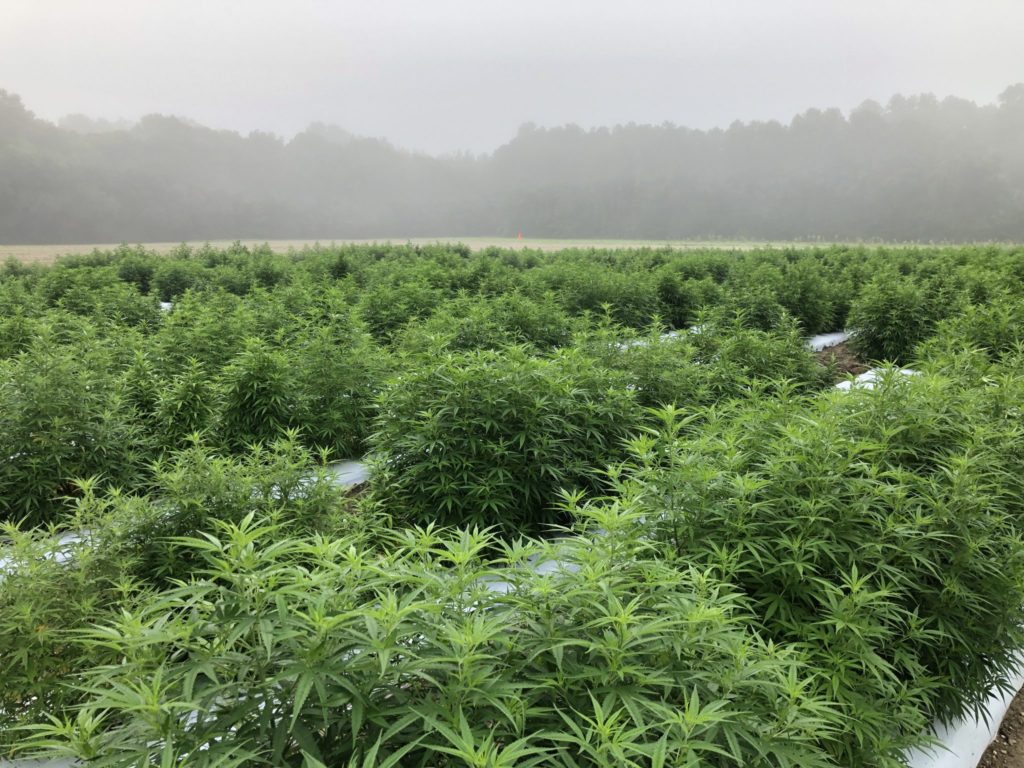By Clint Thompson
Hemp production has hit a crossroads in Alabama this year. The number of hemp producers in the state has decreased dramatically since when the crop was first produced. However, more growers are starting to transition to producing the crop for fiber hemp instead of floral hemp.

Katelyn Kesheimer, Auburn University assistant professor and Extension specialist, discussed the significance of more producers growing hemp for fiber.

“We have very few acres and growers this year. I think we are down to maybe 60 licensed growers, and half of those are active. We’ve talked about this, it was going to be this crazy boom of hemp, and everyone was going to make a million dollars, and then they realized how miserable it is to grow,” Kesheimer said.
“We have very few hemp acres this year. We are seeing an increase in fiber hemp. It’s kind of what we thought would happen eventually. Once we got the infrastructure in place, people would stop wasting their money on floral hemp, because the market was already saturated, and if they were really serious about growing, they’d grow fiber hemp.”
Kesheimer said multiple producers are growing fiber hemp this summer. Fiber hemp is produced similar to a row crop with high plant populations and tall, densely grown plants that can grow as tall as 16 feet. They are produced for the woody fiber that can be processed into building materials.
Floral hemp is big, Christmas tree-like plants that farmers grow for flowers or buds that can be processed down to extract CBD oil, which is where the wellness products derive from.
“We’ve had enough growers that have lost money or realized that the floral hemp was very difficult. It’s up in the air right now, but back in June they issued the licenses for medical marijuana. That process has been going on for a couple of years now. Their applications were due in December, and they gave out licenses about a month and a half ago, and it immediately turned into some lawsuits,” Kesheimer said. “A lot of the people that were growing hemp were getting ready for the medical marijuana, but I think all of those things considered, paired with more infrastructure in the area to process fiber hemp, we will start to see more of that grown throughout the region.”









